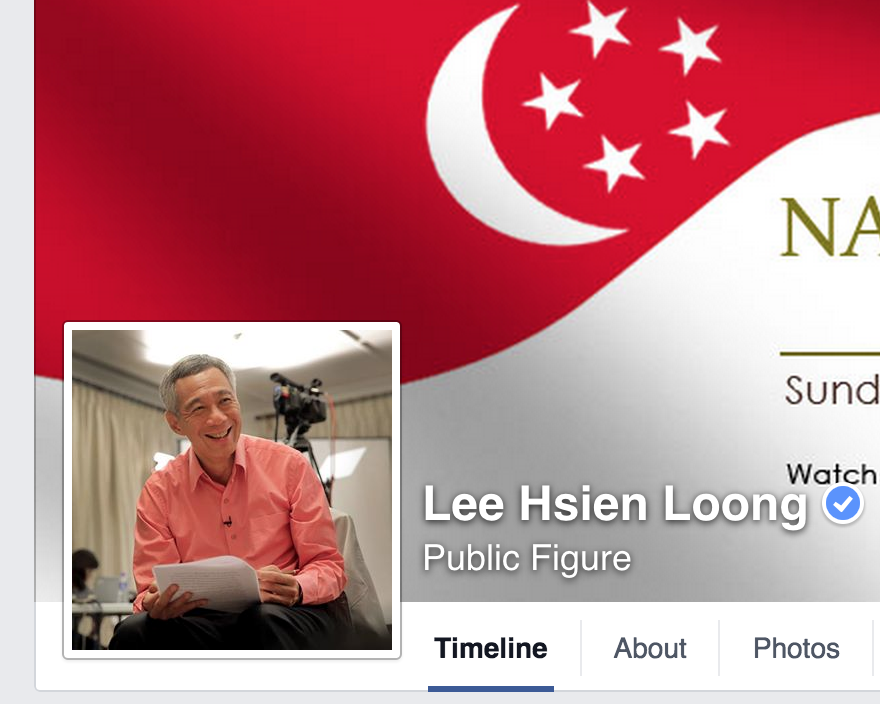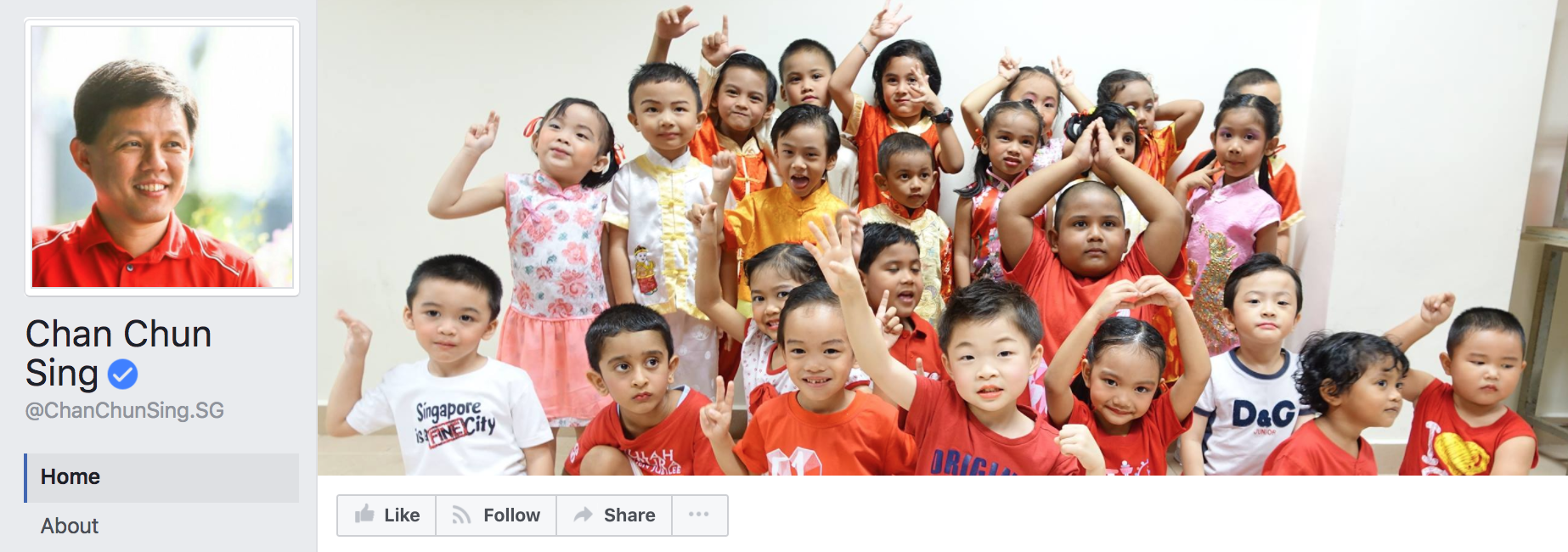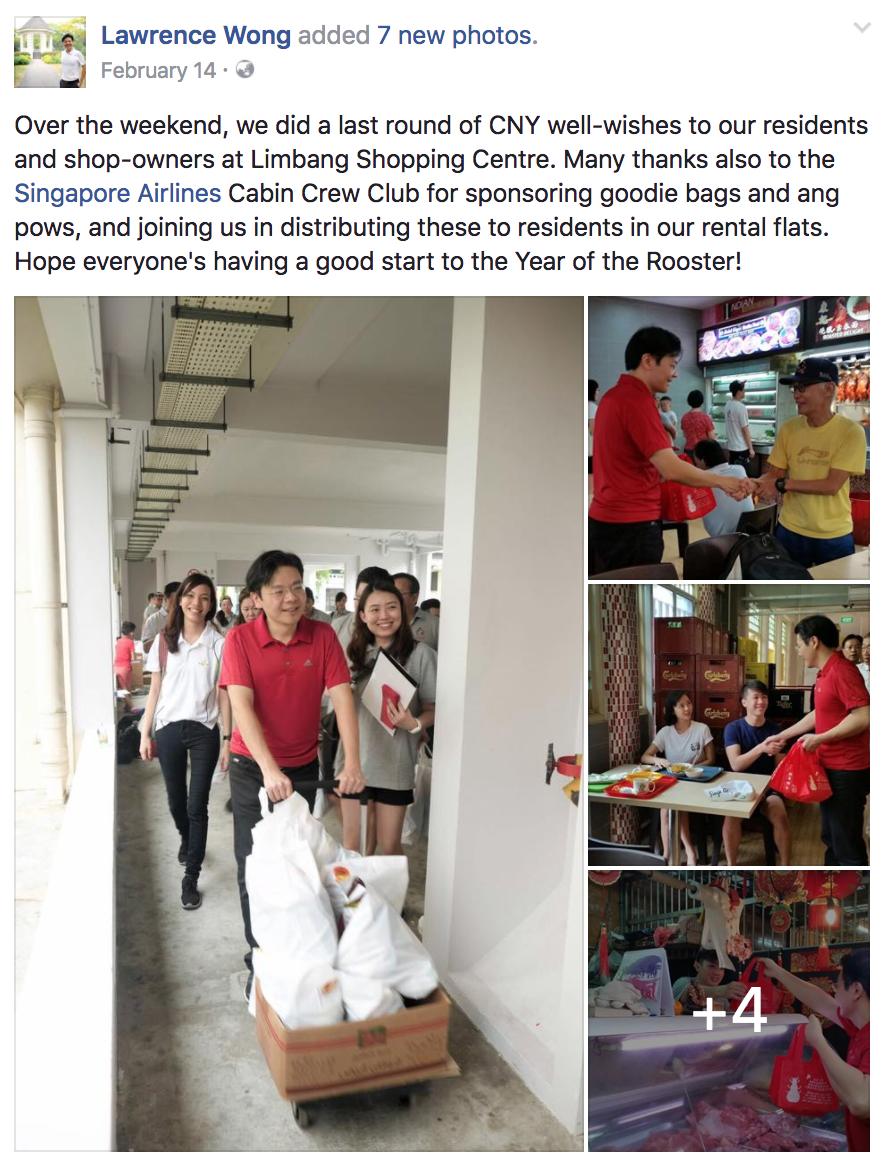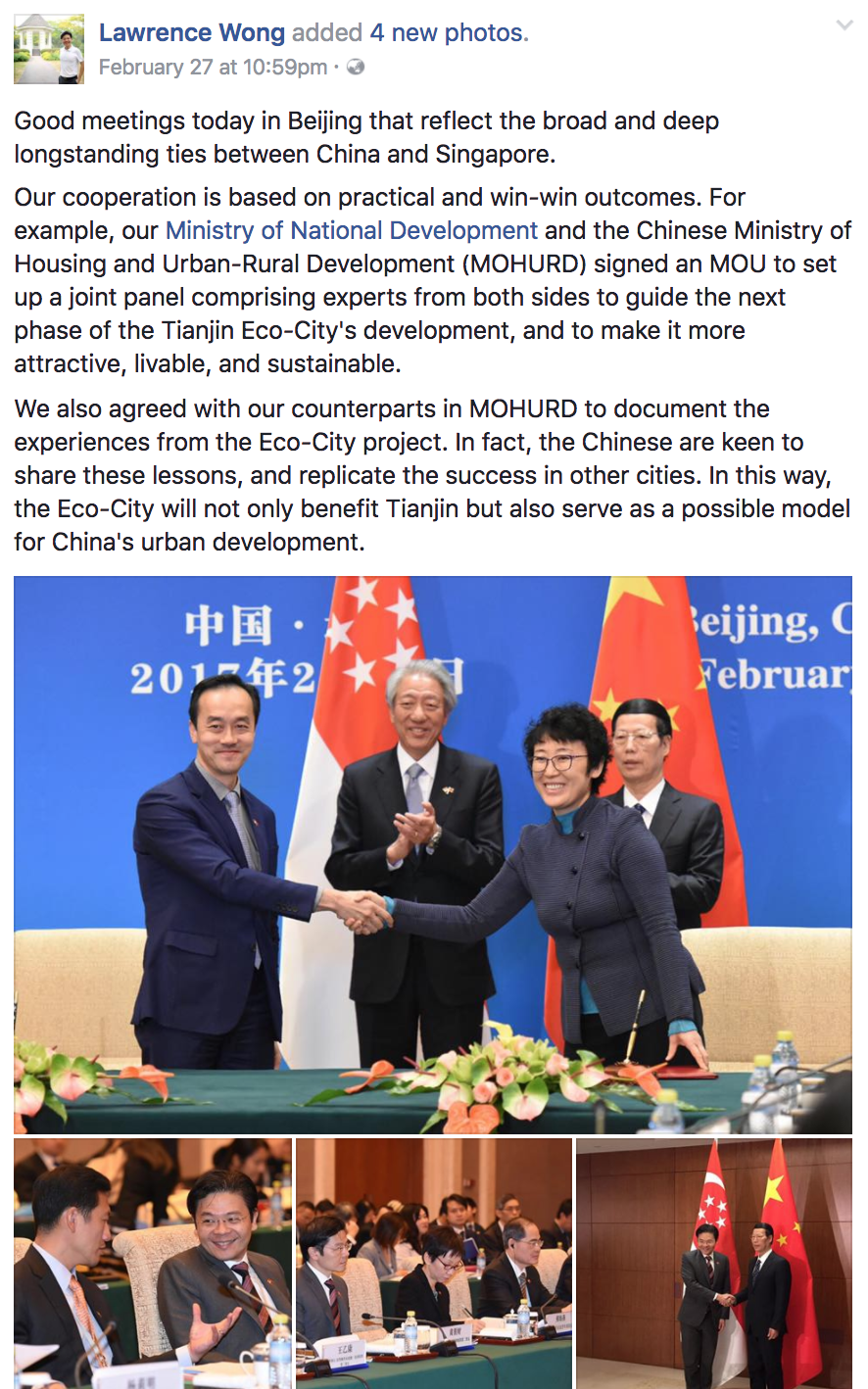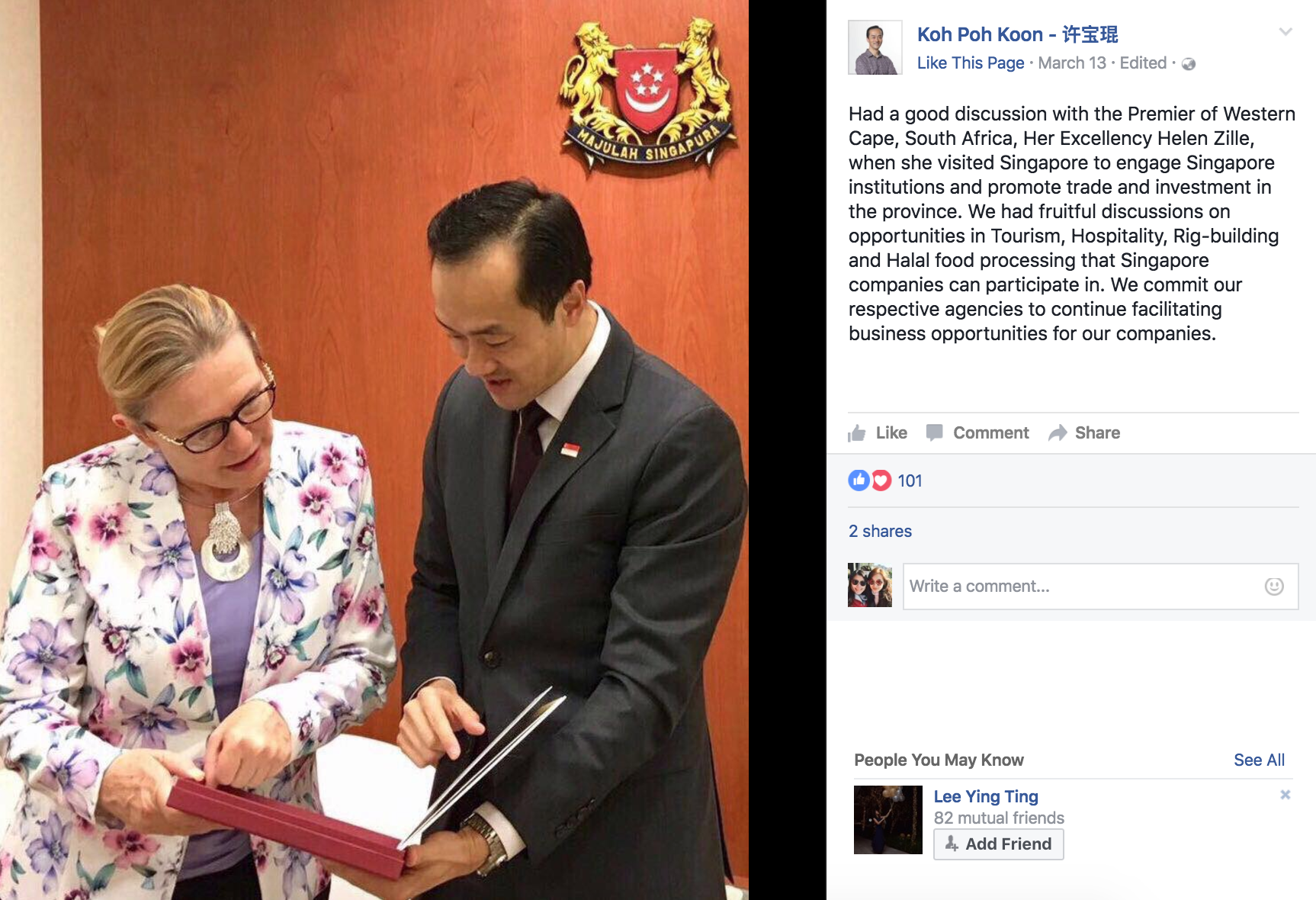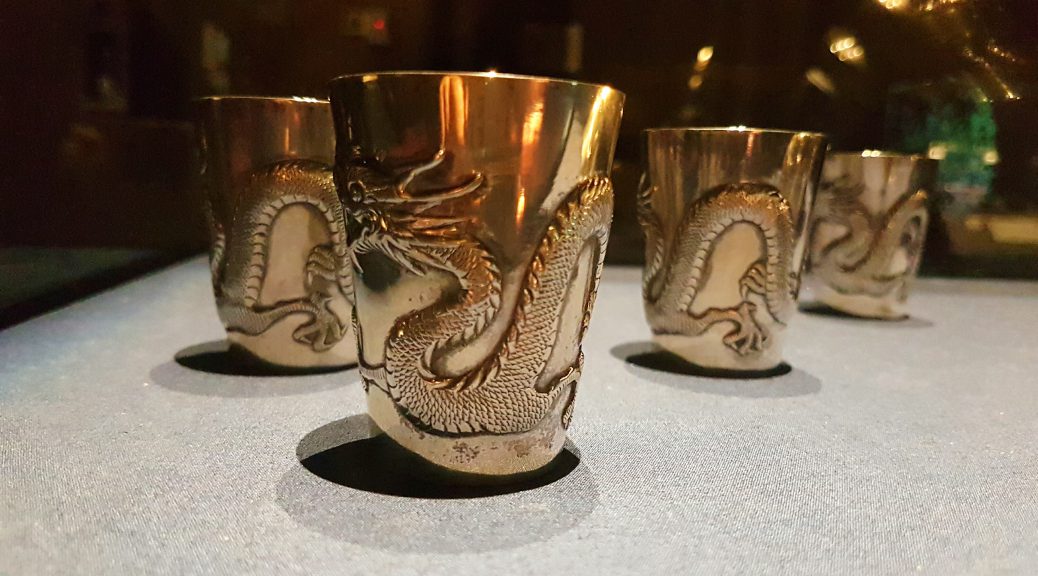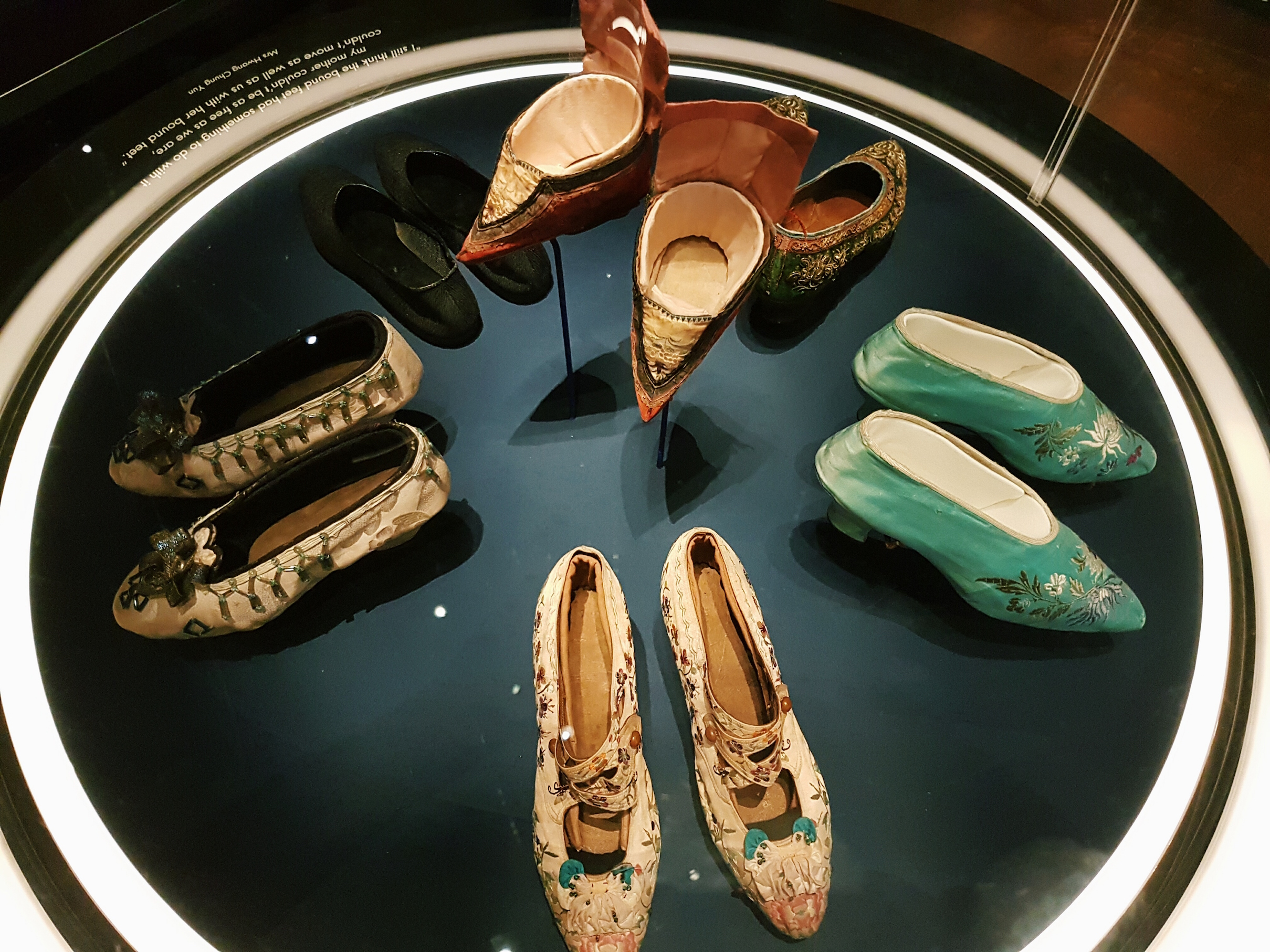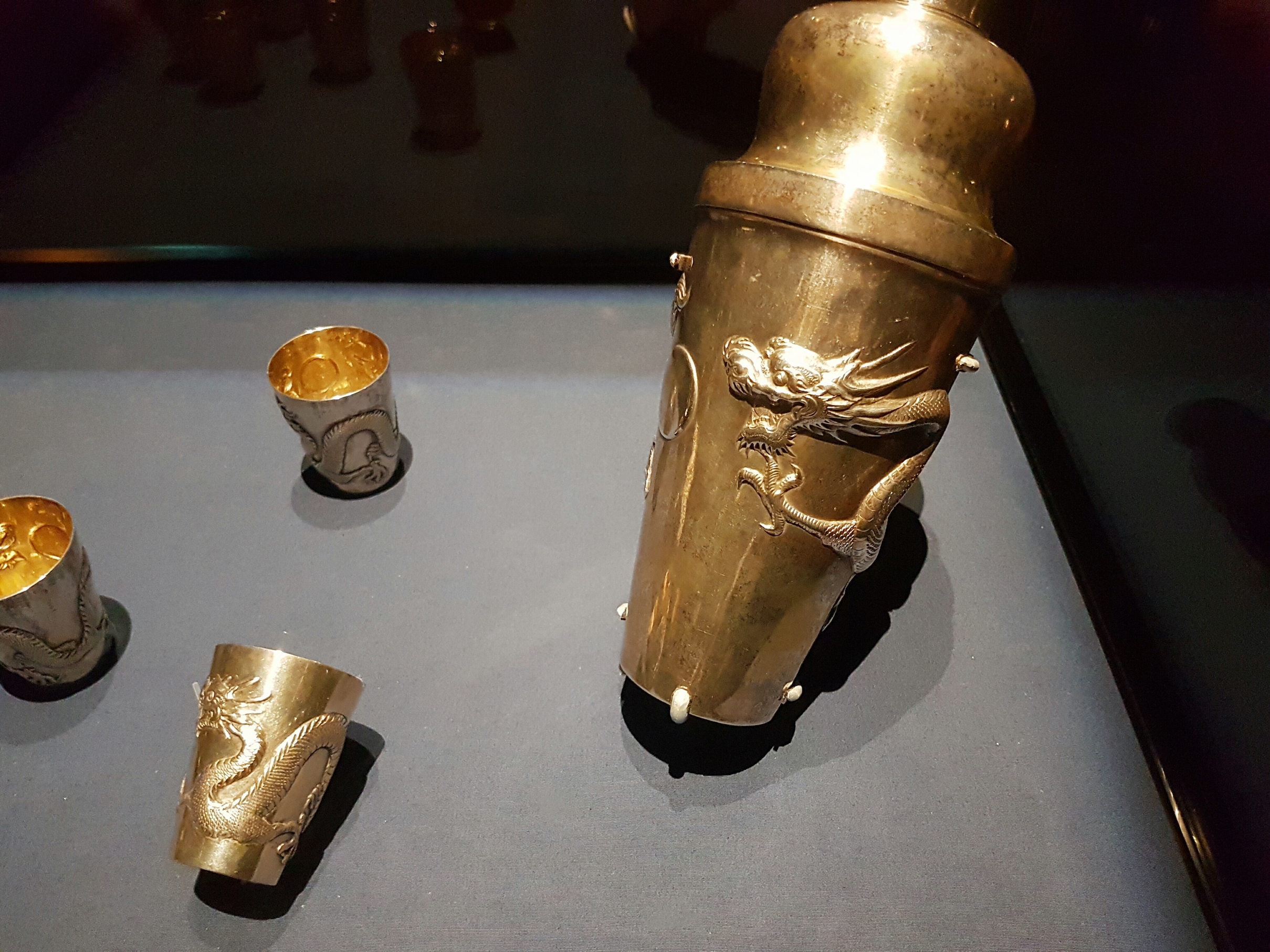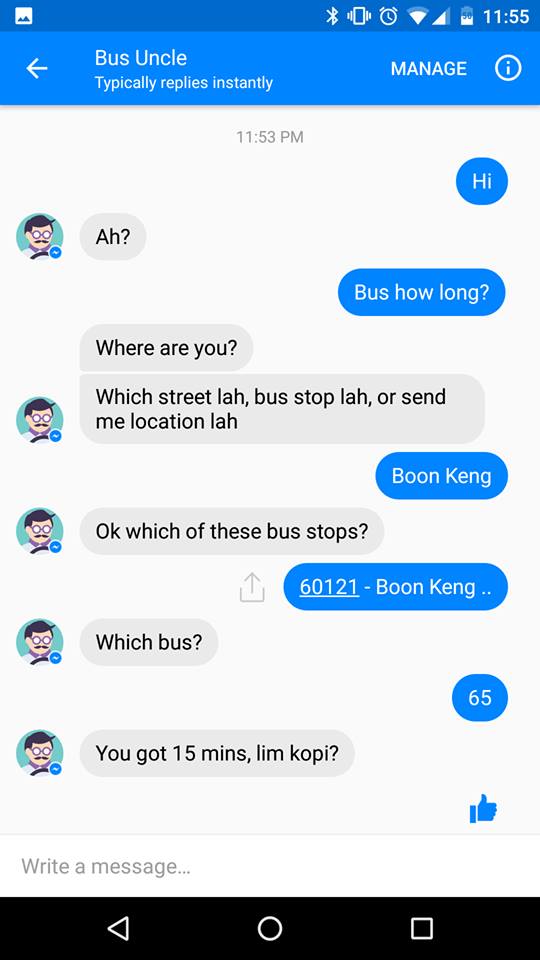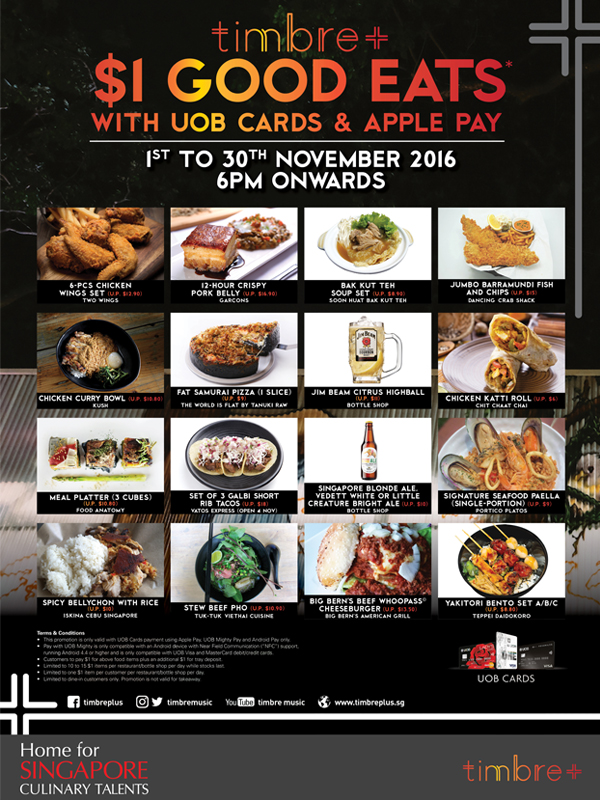Purpose & Premise
I took quite a while deliberating which was the most accessible position (for audience and public) to take in these social broadcasts. Although playing the role of a newly elected MP would have a wealth of resources to parody, it would be too unbelievable and break the illusion. As I will be broadcasting from the university, playing the role of a young person would make interactions more comfortable and maintain a ‘peer-to-peer’ feeling.
It has been difficult weaving together the behaviours of both politicians and influencers as ultimately, their language and behaviour are very different. The former is expected to be formal and official, with their actions reflecting the larger government and party. On the other hand, the latter is expected to be highly individual and friendly. However, other than the use of social media, they do have commonalities such as having influence / power, and acts of persuasion. Both influencers and politicians try to convince people; be it to believe in them or buy a product.
Project Purpose
This series of broadcasts aims to serve as a commentary and satire on the behaviour of local politicians. It will parody their ways of rallying, connecting, and empathising with the people they lead and govern.
It will do so from the perspective of a social media influencer, a product of contemporary internet culture. Like politicians, influencers’ actions and words also have influence over many people.
Broadcast Premise
The broadcasts will be hosted by an up and coming social media influencer looking to spread her influence and move onto greater things. Where better place to start than to be an MP (Member of Parliament)? She has decided to venture into local politics to spread her influence and gain a larger following, and perhaps even give back to the community.
To promote herself and her campaign, she has decided to ‘vlog’ her campaign activities ‘live’. This allows her to connect with her followers and fellow citizens, while documenting her movements leading up to the election.
Persona & Costume
Name: Roxy Tan Mi Mi
I decided that her name needed to be something unusual yet common. It follows a typical Singaporean Chinese name structure: with an English first name + Chinese family name + Chinese name.
The name ‘Roxy’ is seldom seen in Singapore. Whether the name was given or assumed, Roxy Tan Mi Mi would concur that, like celebrities, politician names should also be eye-catching.
On the other hand, ‘Tan Mi Mi’ is a common albeit slightly cartoonish name that one may come across in a primary school Chinese language textbook. This makes her more like the (stereo)typical Singaporean, especially in the last name ‘Tan’ which is the ‘Smith’ of Singapore.
She is running as an independent. She will wear a white collared shirt and skirt (the PAP’s trademark style) or colours of the Singapore flag (red top and white bottom, crescent moon and stars optional).
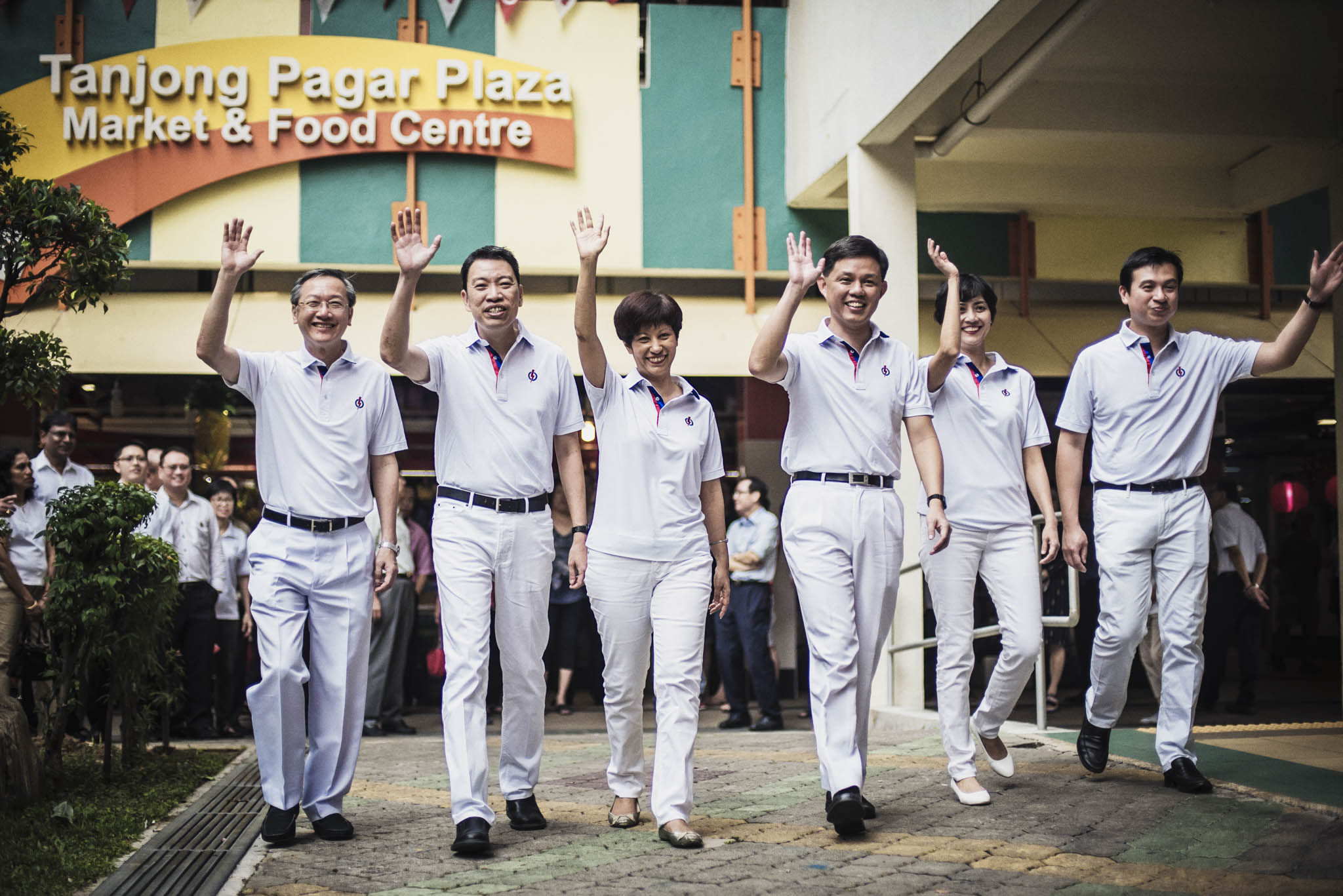
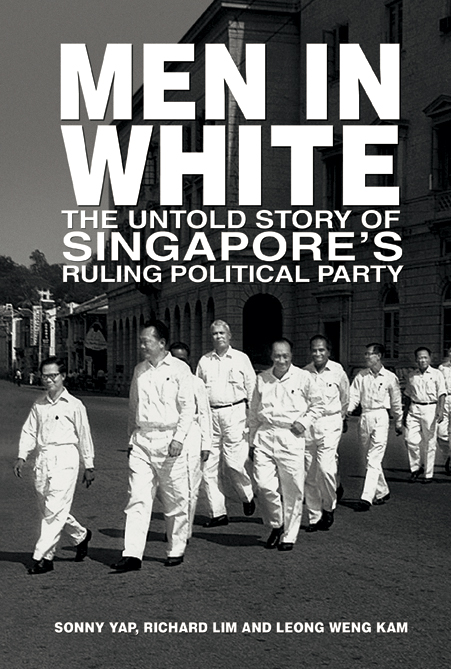
On Broadcast Style
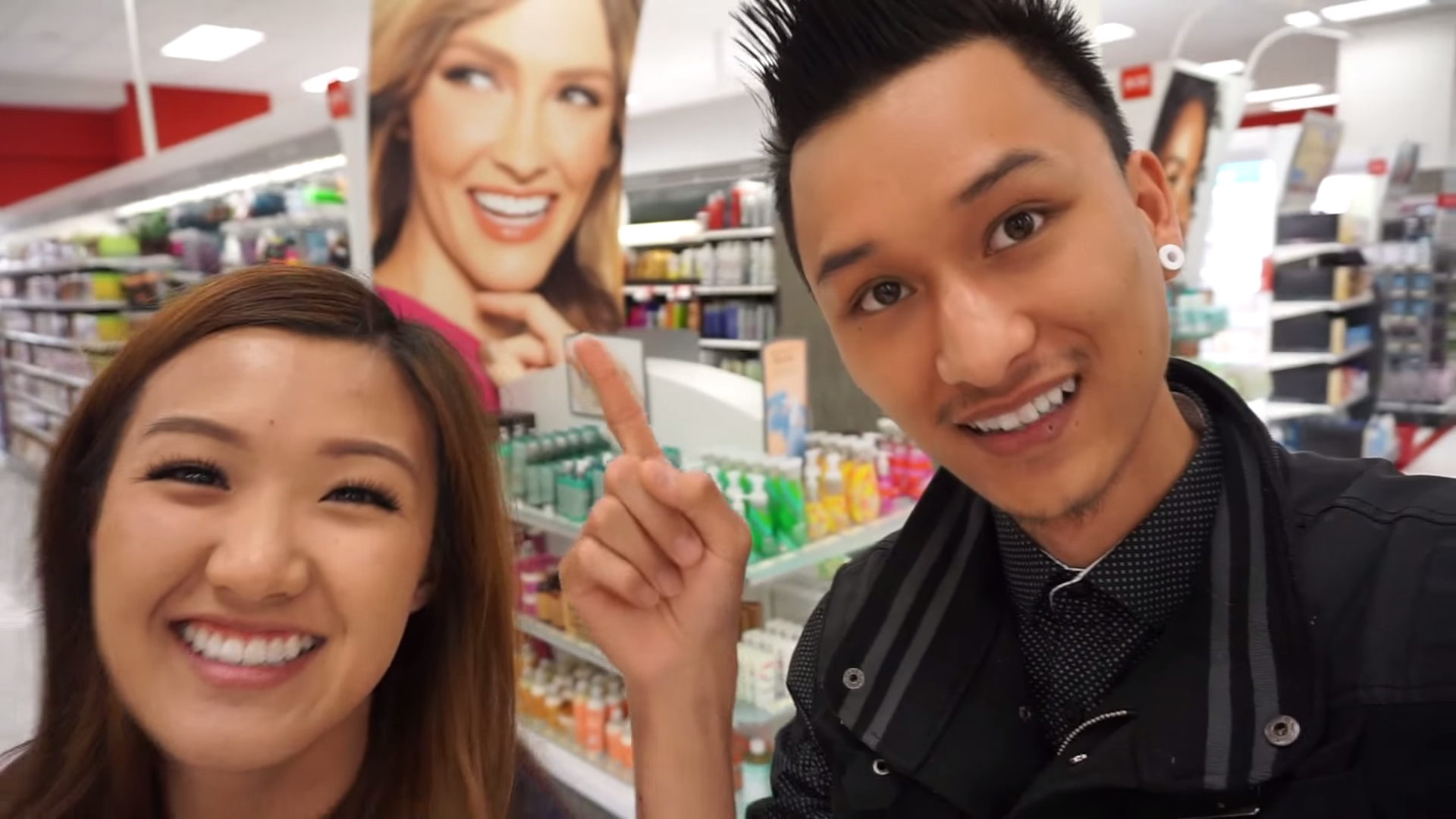
The live broadcast will usually take on a hand held ‘vlogging’ (video blog) style. It will look intentionally unofficial and casual.
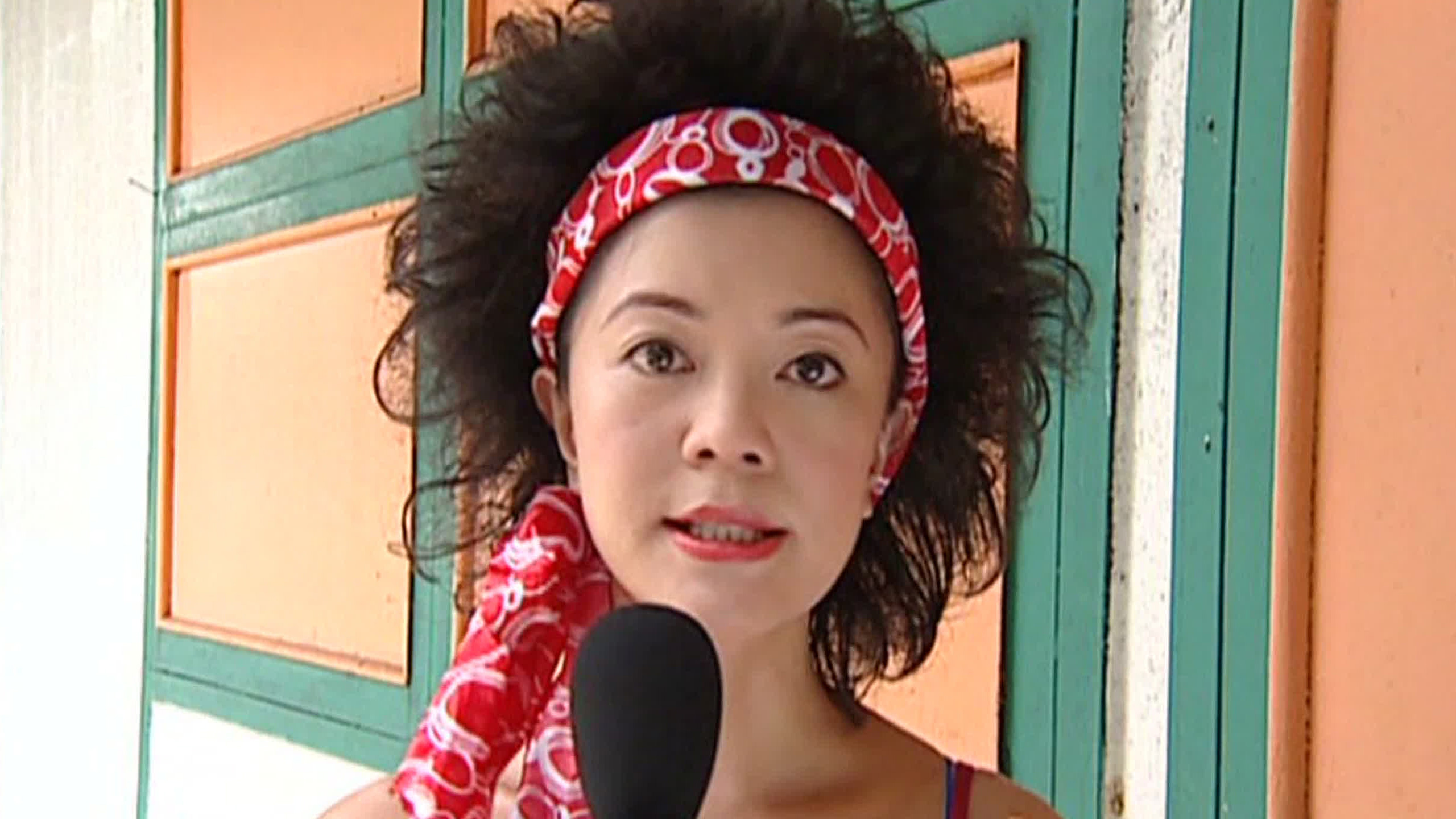
I will occasionally use a ‘mockumentary style’ i.e. someone else filming, or me talking to the cameraman. The image above shows actress Michelle Chong as Lulu on the local mock news programme ‘The Noose’. The persona often makes mistakes such as speaking in Mandarin during filming and is instructed to use English by the producers. This awareness of the camera affirms the live context.
The Game Plan
**The broadcasts sequence and content has been updated. I have left the old segments as strikethroughs instead of deleting them. Although the plan has changed, they are still useful as a personal process log that I can refer to in the future**
Every broadcast will have a mini-premise as well as interaction with the public and online audience. The broadcasts are progressive and sequential, mirroring the campaign activities of aspiring MPs.
In between broadcasts, I intend to post some pictures and content on social media to sustain audience interest. These posts will be related to Roxy’s campaign activities e.g. collecting questions from citizens which she will address in the press conference.
Broadcast 1: Announcing her Candidacy & Listening to the People
For the first broadcast, Roxy will announce her intentions to become an MP to her followers through Facebook Live. She will also go around and ask citizens pertinent questions such as:
“What are you looking for in an MP?”, “What qualities should an MP have?”, “Do you have any concerns that you would like the government to address?”, “As a young adult, what challenges do you have that the government can help you with?”
This will lay the foundation for the next two broadcasts. The events and citizen comments will influence the second broadcast.
Broadcast 2: Canvassing & Rallying the People
For the second broadcast, after hearing the voices of the people, Roxy will be meeting citizens and try to convince them to vote for her. She will put up posters on the school notice boards and hand out stickers and flyers to potential voters. She may start addressing some citizen concerns that she received from citizens in the previous week.
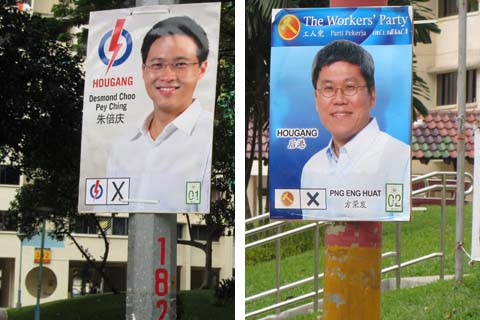

Broadcast 2: Hat trick
This broadcast will concentrate more on showing Roxy’s behaviour as an influencer and how it applies to her perspective of politics.
“Recently my popularity has been increasing and it’s all thanks to you guys that I can spread my influence. I wouldn’t be where I am without you guys, my fans. Some of you may be worried that this move to politics may take me away from my high quality Youtube, Facebook and instagram content. Fear not, I’ll still be posting my regular fashion and DIY videos. In fact let’s do an OOTD right now. OOTD stands for outfit of the day. Today I’m wearing all white with just a dash of red. This is called an accent colour. #fashionadvice.”
“What? My hat says New York…? Nothing a quick DIY can’t fix! (Sticks a Singapore flag over the New york). Problem solved. Now let’s go meet the citizens!”
Questions to ask the first space public:
Starting question: “What are you looking for in an MP candidate?”
“Will you vote for me to be your MP?” If no, “why not?”
“How old are you?” (voting age test). “Hi, are you Singaporean?” (citizenship test) “We future MPs are very busy, as much as I love children and foreign talents, time is votes!”
Ending question: “That’s a great choice, citizen, you won’t regret it! Could you wear this to show your support?” 🙂
Broadcast 3: Press conference
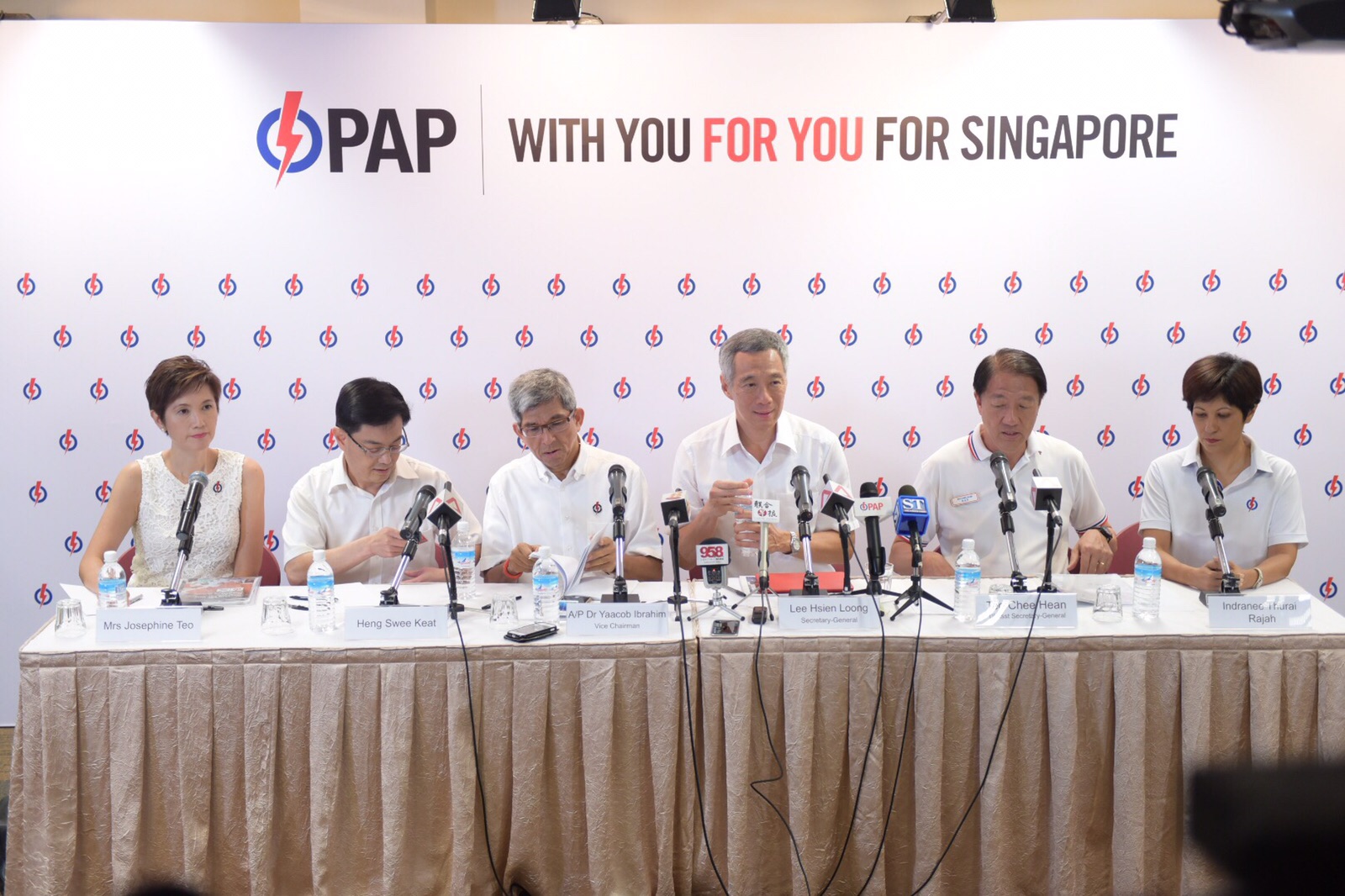
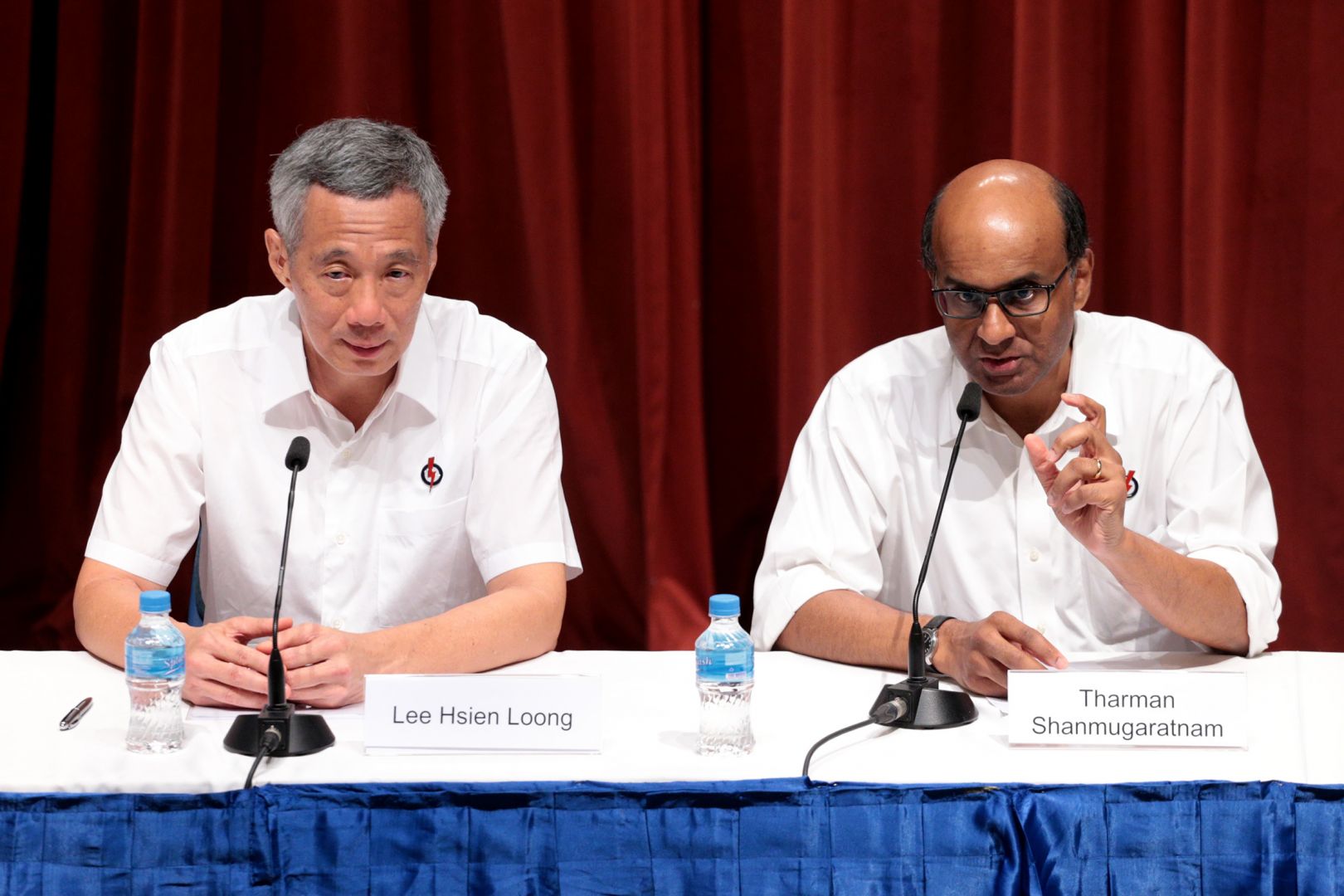
For the final instalment, Roxy will address the press for the first time in her candidacy and hold an official press conference.
It will be held during the final class. Everyone in class will play the role of a reporter and become part of the mainstream media, asking questions regarding campaign promises etc. I will respond to both the live press questions as well as the online netizen questions from the comment section.
Reservations & Concerns
I was struggling with the purpose of my broadcasts and whether it crossed the line between being a performer and public nuisance.


